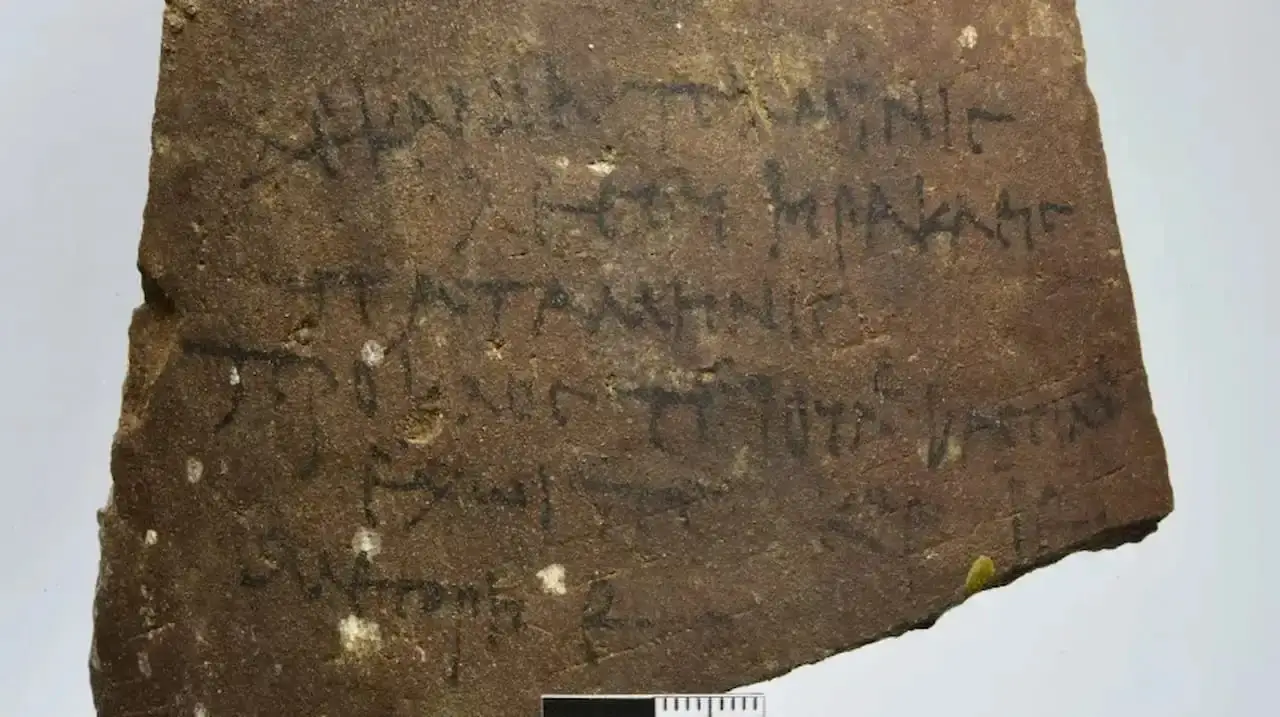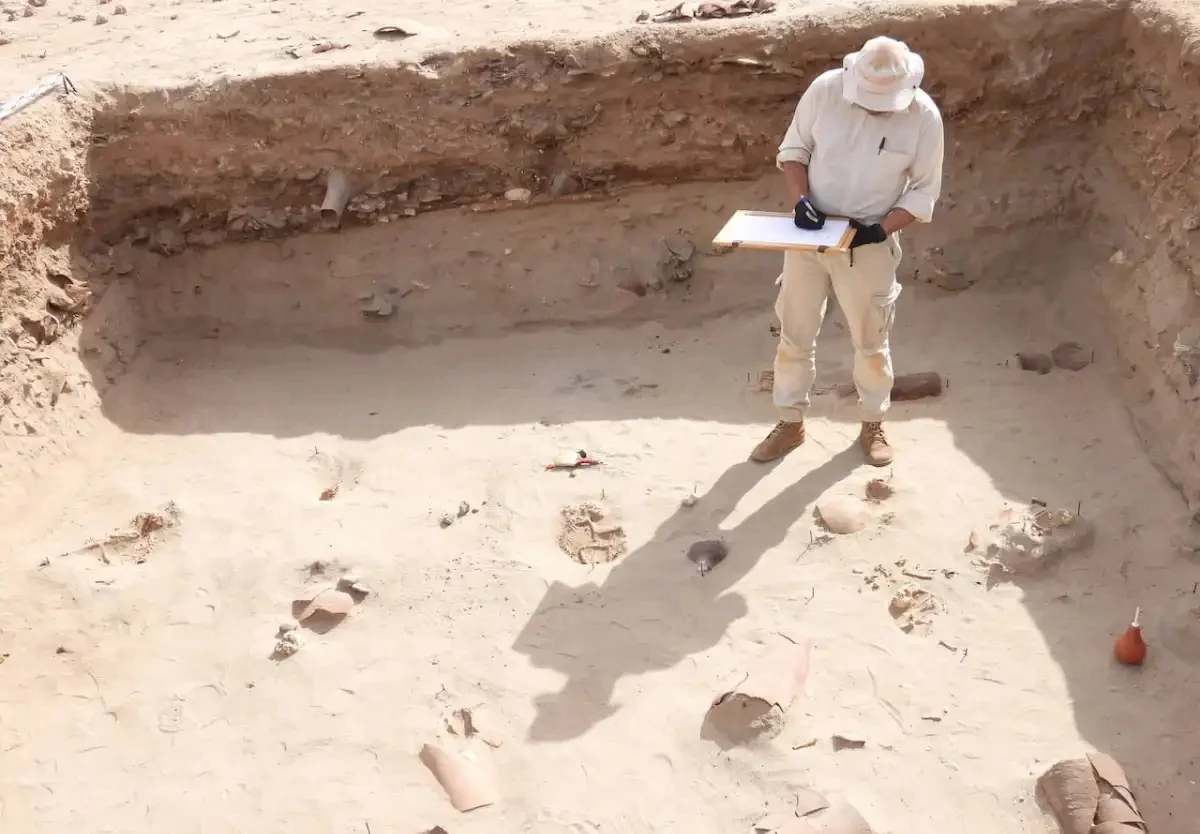Archaeologists from the University of Wrocław have uncovered ancient papyri that contains the correspondence of Roman centurions who were stationed in Egypt.
The papyri were discovered in Berenice Troglodytica, an ancient seaport of Egypt on the western shore of the Red Sea. The city was founded by Ptolemy II Philadelphus (285–246 BC), who named it after his mother, Berenice I of Egypt.
During the Roman period, Berenice Troglodytica was one of the main waystations for the trade in war elephants and exotic goods, imported from India, Sri Lanka, Arabia, and Upper Egypt.
Excavations of an animal cemetery located on the western outskirts of the city have uncovered an accumulation of ceramics originating from the Mediterranean, Africa and India.

Among the accumulation, the team found Roman coins, a fibula, ostracons (fragments of texts on ceramics), and several papyri.
The papyri contains the correspondence of centurions, naming Haosus, Lucinius and Petronius. Centurions were soldiers who were promoted to command a centuria or “century”, a military unit consisting of between 80 to 100 men.
“In the correspondence, Petronius asks Lucinius (stationed in Berenice Troglodytica) about the prices of individual exclusive goods. There is also the statement: “I am giving you the money, I am sending it by dromedarius (a unit of legionnaires moving on dromedaries). Take care of them, provide them with veal and poles for their tents.”
Dr. Marta Osypińska from the Institute of Archaeology of the University of Wrocław, said: “For Egyptologists and other scientists dealing with antiquity, this is an extremely rare and high-calibre discovery.”
“In this part of the world, there are very few sites from the Roman period. The Egyptians tend to leave little historical accounts from this time in history, because it is the moment when they were conquered.” added Dr. Osypińska.
Header Image Credit : Instytut Archeologii Uniwersytetu Wrocławskiego
Sources : PAP





